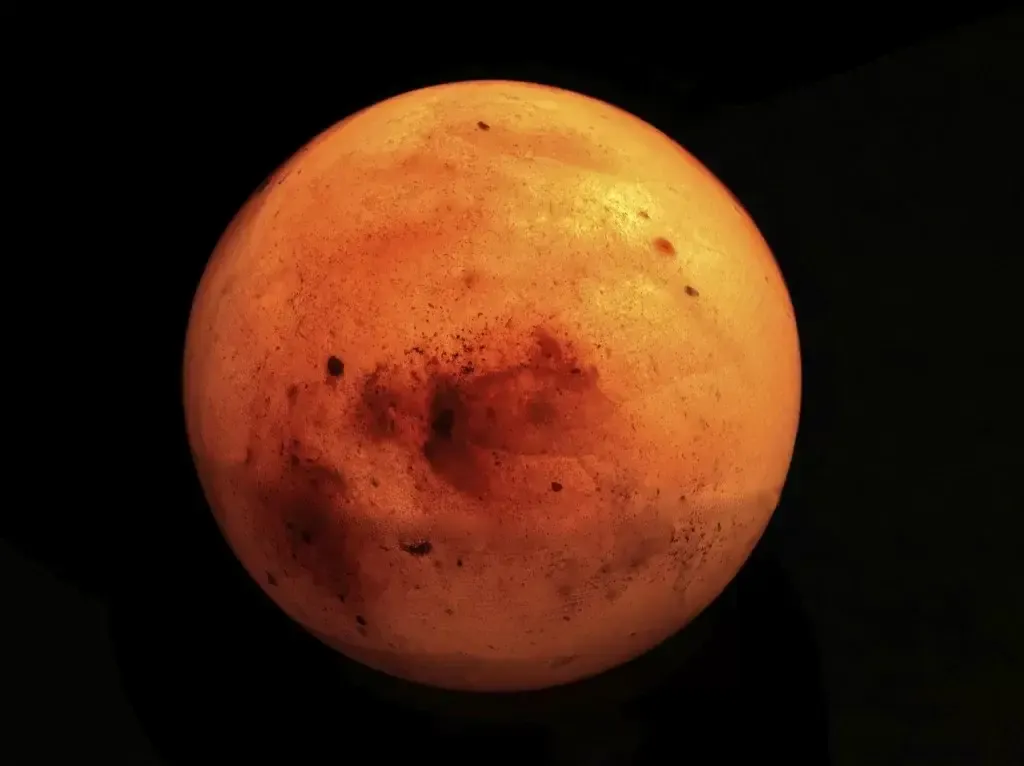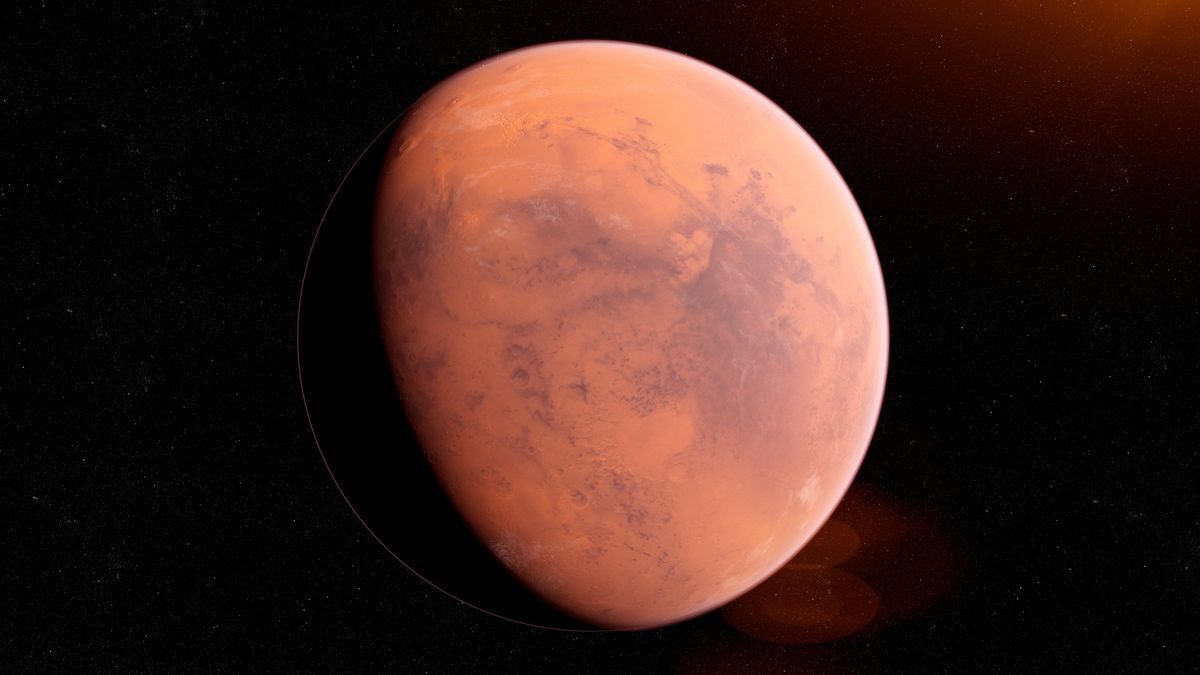Mars' Missing Atmosphere Might Be Found in Its Clay

New research indicates that Mars’ lost atmosphere, which shrank 3.5 billion years ago, may be stored within the planet’s clay-covered crust. This finding suggests that water on Mars could have triggered a series of chemical reactions, extracting CO2 from the atmosphere and converting it into methane contained in clay minerals.
Historical Context of Mars' Atmosphere
Mars was not always the cold, desolate landscape witnessed today. Evidence shows that water flowed on its surface billions of years ago. This water would have required a thick atmosphere to prevent freezing. However, around 3.5 billion years ago, the water evaporated, and the formerly dense carbon dioxide atmosphere thinned significantly, leaving only traces of atmosphere behind.
The crucial question remains: Where did Mars' early atmosphere go? This enigma has intrigued scientists exploring Mars' 4.6-billion-year history.
Clays as Carbon Reservoirs
Two geologists from MIT believe the answer lies within Mars' clay structure. Their study in Science Advances proposes that significant amounts of Mars' former atmosphere could be trapped in this crust.
The researchers argue that liquid water might have circulated through various types of rock on Mars, kickstarting reactions that extracted carbon dioxide from the atmosphere, transforming it into methane, which could remain stable within the clay substrate.
The process has parallels on Earth. Using their insights on Earth's geology and gas interactions, they concluded that Mars could host clay layers capable of storing approximately 1.7 bar of carbon dioxide. This total equates to roughly 80% of the planet's original atmosphere.
They suggest that this trapped carbon could one day be extracted and utilized as propellant for future missions between Earth and Mars.

The Role of Smectite Clays
The lead author of the study, Joshua Murray, a recent PhD graduate, worked with Oliver Jagoutz, an MIT geology professor. They focused on smectite, a clays known to effectively trap carbon. Smectite clays feature intricate folds that form spaces for carbon embedding, remaining isolated for billions of years.
The examination of smectite on Earth indicated that tectonic movements produced this clay. Once it surfaced, it helped remove atmospheric carbon over millennia, cooling the planet substantially.
Later, upon analyzing Mars' surface maps, Jagoutz realized a vast portion covered in similar smectite clays might possess the capacity to sequester carbon, paralleling Earth’s processes.
Formation of Clays on Mars
Unlike Earth, Mars lacks active tectonic activity that forms smectite through continental plate movements. Thus, the team sought other potential formation processes based on the planet's geological history.
Measurements suggest that parts of Mars' crust consist of ultramafic igneous rocks, which undergo chemical weathering to yield smectites on Earth. Some geological formations resemble terrestrial rivers, hinting at past water activity interacting with rocks.
Jagoutz and Murray considered the possibility of water reacting with these ultramafic rocks to generate the prevalent clays on Mars today. They created a straightforward rock chemistry model to investigate interactions between igneous rocks and their surroundings, informed by known Earth processes.

Interactions Between Water and Rocks
The team assumed a lengthy period where water might have existed on Mars’ surface — approximately a billion years — while the atmosphere brimmed with CO2.
Murray noted that under these historical conditions, CO2 would be present throughout the planet. Water passing through the rocks likely was saturated with carbon dioxide.
His calculations revealed that interactions between water and olivine, a mineral abundant on Mars, would lead to significant chemical reactions. In this environment, oxygen molecules in water would bond with iron in olivine, yielding red oxidized iron — the distinctive color of Mars — while releasing hydrogen.
This released hydrogen likely reacted with the CO2 in water to synthesize methane. Continuing this process over extended periods would alter olivine into serpentine, leading to the genesis of more smectite.
Implications of Their Findings
The researchers deduced that smectite clays can effectively store carbon. By applying Earth-based knowledge about clay mineral characteristics, they sought to ascertain the methane-storage capacity of Martian clays.
Interestingly, their assessments indicated that a hypothetical layer of smectite approximately 1,100 meters deep could encase vast quantities of methane — enough to account for a nearly complete loss of carbon dioxide from the atmosphere since Mars' dry epoch.
Murray summarized their findings, indicating that Mars’ global clay volume estimates align with the theory that a considerable amount of carbon dioxide may be sequestered as organic compounds within the clay-dominant crust. Thus, "Mars’ missing atmosphere could be hiding in plain sight."
Earlier, SSP reported that scientists discover a fascinating third state of life beyond death.



















